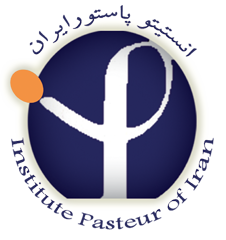Fateme Hosseini, Fariba Hashemi, Alireza Shafiei, Armin Salvatian, Fateme Hajipour Surkohi, Nilofar Bamdadi,
Volume 28, Issue 0 (12-2024)
Introduction: The novel coronavirus (COVID-19) was an acute respiratory disease that, due to its rapid spread, the World Health Organization declared a public health emergency and international concern. While the world was fighting the COVID-19 pandemic, health workers, especially nurses, were the first line of the fight against the corona disease. Due to direct exposure to the infection and prolonged, stressful working hours, these individuals have become one of the most vulnerable groups affected by the virus. Consequently, they fear transmitting the virus to their families, who are already facing psychological and social challenges. Post-traumatic stress disorder is a psychological disorder that directly or indirectly affects a person, which may appear after being exposed to extreme threats or highly stressful events such as accidents and severe injuries. The present study was conducted to determine the dimensions of post-traumatic stress disorder caused by the COVID-19 pandemic in nurses working in hospitals covered by Qazvin University of Medical Sciences.
Methods and Materials: This descriptive-analytical cross-sectional study was conducted on 261 nurses working in Qazvin hospitals from October to March 1402. The inclusion criteria included working in one of the five hospitals covered by Qazvin University of Medical Sciences, willingness to participate in the research, having a bachelor's degree or higher, and having at least six months of work experience. The exclusion criteria entailed people refusing to complete the questionnaires. The data collection tool was 10 demographic questions and a standard post-traumatic stress disorder questionnaire. The results were analyzed using SPSS-20 software and Kolmogorov-Smirnov statistical tests, T-test, ANOVA test, correlation test, and chi-square test.
Results: The mean age of nurses was 35.19 ± 7.75 years. The average score of post-traumatic stress disorder was estimated to be 45.96 ± 20.21 among the three dimensions of post-traumatic stress disorder. The hyperarousal dimension had the highest average score (14.81 ± 7.41). Also, there was a significant relationship between choice of working hours, gender, and marital status with post-traumatic stress disorder (p = 0.05).
Conclusion and Discussion: It is recommended that nursing managers develop effective strategies to enhance mental health and alleviate symptoms of post-traumatic stress disorder (PSTD) related to COVID-19 among nurses. Additionally, assessing and monitoring the work environment, identifying key issues, and implementing effective interventions can significantly reduce the PSTD experienced by nurses as a result of the COVID-19 pandemic.





.png)
